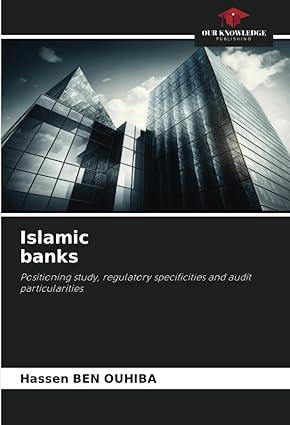Question
Mahesh graduated from college six years ago with a finance undergraduate degree. Although he is satisfied with his current job, his goal is to become
Mahesh graduated from college six years ago with a finance undergraduate degree. Although he is satisfied with his current job, his goal is to become a banker. He feels that MBA degree would allow him to achieve this goal. After examining business schools, he has narrowed his choice to Kathmandu University, school of management, one of the renowned University in Nepal. Although internships are encouraged by the school, to get class credit for the internship, no salary can be paid. Other than internship, neither school will allow its students to work while enrolled in its MBA program. Assume it is now January 1, 2020 and he is planning to accumulate Rs 710,000 including college fees and other stationery expenses for an MBA in January 2025. Today he is thinking for a deposit in a bank that pays 11 per cent nominal interest rate. The source of income that he received quarterly from his current job is Rs 65,000. Out of his quarterly income he spends 65 per cent amount for his living. His mother has also deposited Rs 200,000 in his account to facilitate his MBA degree. In order to attain his goal, you are required to answer the following: [1+2+2+2+1+2=10] a. How much must he deposit in lump sum on January 1, 2020 to accumulate a university fees along with stationery expenses of Rs 710,000 on January 1, 2025? b. If Mahesh wants to make equal installments on each January 1 from 2021 through 2025, how large must each payment be? c. If he wants to invest his quarterly salary net saving in the bank, the first payment being made at the end of first quarter from now, how much he could accumulate in January 1, 2025? Assuming that interest is compounded on quarterly basis. d. What is the effective annual rate if interest is compounded monthly? Explain the difference between annual percentage rate and effective annual rate. e. If his bank balance of Rs 200,000 today pays 9 per cent annual interest compounded monthly, to which value it will grow on January 1, 2025? f. A dollar in hand today is worth more than a dollar to receive next year. Give your arguments.
Step by Step Solution
There are 3 Steps involved in it
Step: 1

Get Instant Access to Expert-Tailored Solutions
See step-by-step solutions with expert insights and AI powered tools for academic success
Step: 2

Step: 3

Ace Your Homework with AI
Get the answers you need in no time with our AI-driven, step-by-step assistance
Get Started


